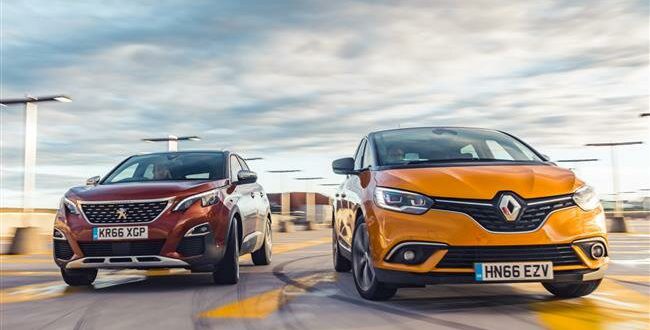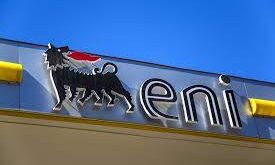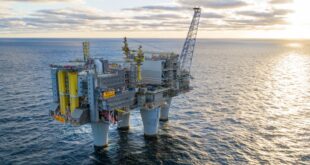PSA Peugeot Citroen saw its trajectory of the automaker`s recovery seriously challenged because of lower sales in the Middle East. China and South America. the company said in a statement.
Deliveries sharply fell almost everywhere barring Europe. to 1.9 million light vehicles in January-June from 2.18 million a year earlier. it said.
Record slumps occurred in the Middle East-Africa region. where deliveries were down 68 percent because of the automaker’s pullout from Iran.
Sales fell a further 61 percent in China. where the group has suffered a protracted collapse at its joint ventures (JVs) with local automakers Dongfeng and Changan.
In the South American region. sales slumped 29 percent due to the Argentinean market downturn.
The setbacks came despite PSA’s successive sales and profit gains recorded under CEO Carlos Tavares.
PSA’s fellow French rival Renault suffered a slump of 6.7 percent in first-half sales. down to 1.94 million vehicles from a year earlier. The company cited its Iran withdrawal as well as slowdowns in Argentina. China and Turkey as the reason.
PSA and Renault were among the first European companies which rushed to Iran to tap a pent-up demand for new automobiles after sanctions were lifted on the country in 2016.
PSA had signed production deals worth 700 million euros with Iranian counterparts. while Renault had announced a new plant investment to increase its production capacity in Iran to 350.000 vehicles a year.
Their withdrawal was their second time to cut and run after they withdrew first in 2012 when the country came under intensified Western sanctions.
Iran’s automotive industry officials had promised that the French companies would face a rough ride for their return to the country and that they would not be allowed to leave without retribution.
Their second pullout. even though they did not have a significant presence in the US. followed similar moves by French energy companies Total and Engie and Germany`s Daimler AG. the maker of Mercedes-Benz trucks and luxury cars.
They joined jet makers Airbus and Boeing to slam the door in Iran`s face after US President Donald Trump decided to impose sanctions on Iran after his withdrawal from a 2015 nuclear deal.
Iran’s automotive sector has emerged as one of the frontlines in a raging economic war. because it is the country`s second largest industry after oil and gas with a turnover of about $12 billion.
When the Trump administration reimposed sanctions on Iran in August 2018. it reserved Washington’s first hammer blow for the car industry to hurt as many Iranians as possible.
Last week. the largest local manufacturer Iran Khodro commenced the production line of Peugeot 301 sedan without relying on CKD (completely knocked down) kits from the French company.
Iran`s defense ministry has also agreed to build hi-tech auto parts which Iran used to import in order to complete as many as 160.000 cars gathering dust at the warehouses of Iran Khodro and Saipa.
Cars produced in Iran under license from foreign manufacturers rely on critical imports of parts ranging from airbags. pistons and cylinder heads to computer chips including engine control units and sensors.
It has been decided that over the next six months. we locally produce the required parts in cooperation with the defense ministry and reduce dependencies to the minimum. Alireza Badkoobeh. a member of the Saipa board of directors. said last month.
 Iran Energy News Oil, Gas, Petrochemical and Energy Field Specialized Channel
Iran Energy News Oil, Gas, Petrochemical and Energy Field Specialized Channel




